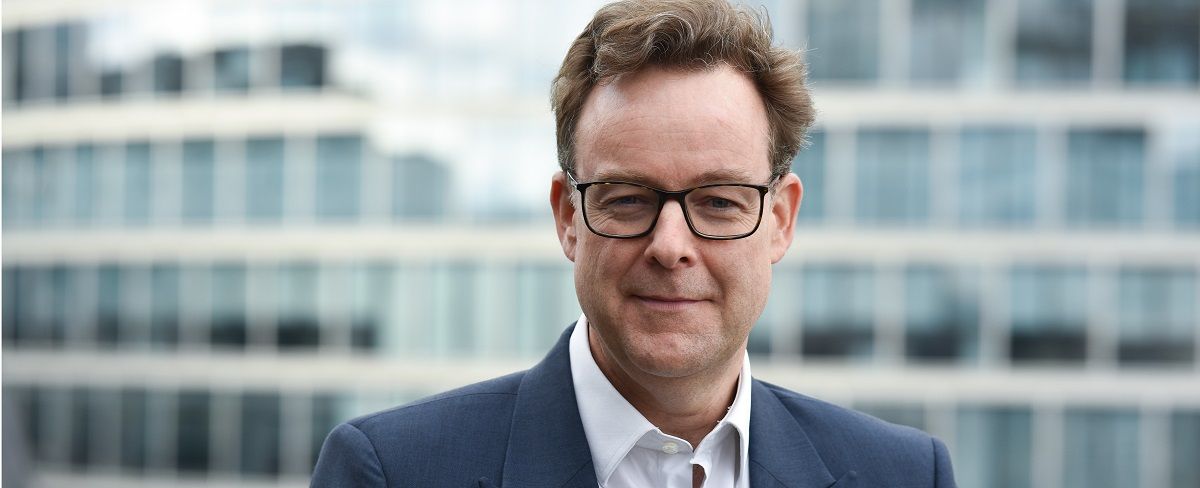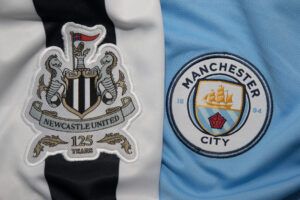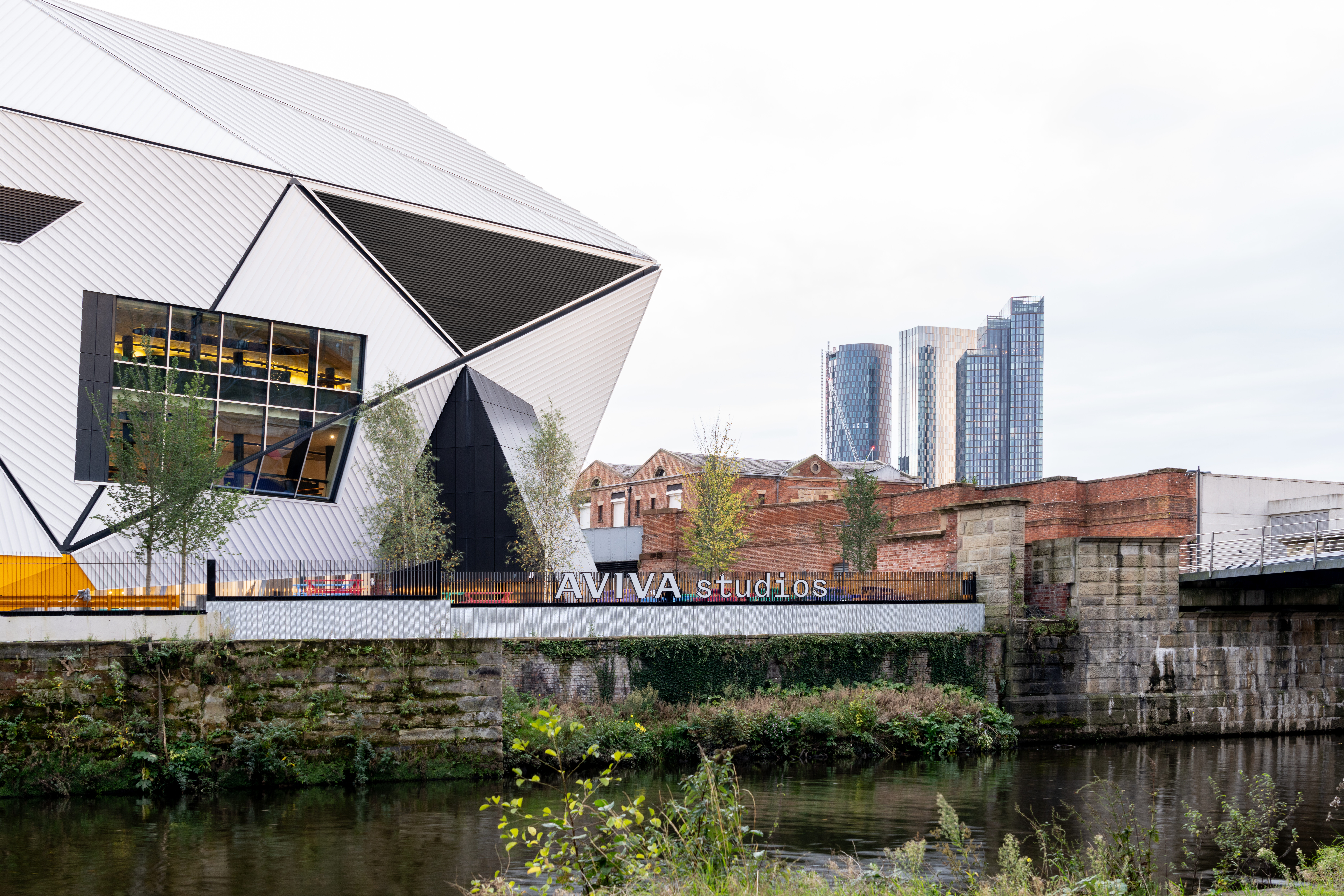JM Finn’s Head of Marketing, Oliver Tregoning, on how to find and retain the right sponsorship partner

With over £10 billion of assets under management on behalf of 18,500 clients, JM Finn is one of the UK’s leading wealth managers. The firm’s growth is supported by strategic partnerships with Surrey County Cricket Club and the Affordable Art Fair. We spoke with Head of Marketing Oliver Tregoning, to hear his tips on how to manage a successful partnership and maximise business returns.
How did your partnership with the Affordable Art Fair (AAF) come about and what was the reasoning behind it?
Like all sponsorships, we needed to meet a brand challenge, not just a passion or...dare I say it, an ego trip. Our clients are of an older demographic, and they needed to know how to pass on assets to the next generation - our brand challenge was speaking to that existing older client base while simultaneously engaging the next generation of wealth owners. The Affordable Art Fair allows us to do this in a less formal environment beyond boardrooms and business.
The AAF has never had an individual fair headline partner, so it felt like an exciting space for us to step into. One of their strengths is that they have a loyal client base, but they also know a lot about that base. Most importantly for us, it has the right demographic with over 40% between the ages of 45 to 65, and 40% have over £100,000 of household income. It’s our perfect target audience.
We look for three things in our partnerships:
- Client Engagement.
- Brand awareness.
- Lead Generation
How do you think this partnership might have changed or broadened the perceptions of JMF?
I think by adding the AAF, we appeal to that younger generation and probably come across as less stuffy. The Fair is all about getting people into art collecting - that marries really well with our purpose of helping people start investing journeys.
Externally, we've broadened our appeal and our awareness. Through post-fair surveys, we ask standard questions to a fair visitor: do you know who the sponsors were? Did you know who they were before you came? Do you know what they do? We've since seen a growing awareness of JM Finn which shows that our branding is cutting through.
What have you seen in the market research?
The market research has been great. We wanted to test whether that brand alignment and brand awareness is working in practice. Undoubtedly, it is. As I said, we’re seeing a rise in recognition of the brand, and that's the first thing we ask for. At each fair that we've done, we've offered competitions and opt-ins at ticket purchase, and the number of opt-ins and participation has increased every time. That’s an increasing sign of brand recognition. We’re not aggressive marketers, and the last thing we want to do is ‘brandalise’ an event. It's a slower burn, centered on building trust.
JM Finn has sponsored Surrey County Cricket Club, based at the Kia Oval, for over 15 years. What is it about this partnership that works so well for you?
We’re the longest standing corporate partner there. The partners who initiated the partnership loved cricket, and so they took a box with the aim of entertaining some of their clients. That then grew to a couple advertising boards. Over time, we got to know the club and they’ve really looked after us. What started as a box, has since become something much bigger.
The next opportunity was for the naming rights to the Vauxhall End Stand, which we took. It was an interesting point in our relationship with them because it was during the pandemic, and the then-current naming partner of the stand was pulling out completely. They came to us because they knew us well and knew what we would want out of it. They were absolutely right.
Since we signed that deal, there's been a new Chief Executive, a new Chairman, a new Commercial Director, so it feels a bit like we're starting the relationship building again. But I have to say they’ve been phenomenal. It's a hugely successful club, both on and off the pitch. It’s also member-owned, which means that it's putting its membership and its fans first. Just as with JM Finn, where everything is done through the lens of our clients, everything at SCCC is done through the lens of their membership. As an investment-led company, that’s very important to us.
They’ve also always invested in their academy and produced the next generation of star players for county and country. Because of the membership, ownership, coaching staff, and management team structure, it’s a very collegiate club. That chimes with everything we’re trying to do.
With the AAF, it’s about starting your journey through art collecting. For SCCC, it’s about starting your journey for a long life in cricket. And what we do is about starting your journey through wealth management. It all aligns purposefully.
Do have any advice or warnings you would give a Head of Marketing who's considering a similar sponsorship?
I mentioned at the beginning that sponsorship should be about brand alignment and/or meeting a business challenge - sometimes those two are very interlinked. Here’s what I’d advise:
- Understand what you're trying to get out of it; understand what you're trying to do; and understand what you can put into it. So many times, and I've been guilty of this in the past, you underestimate the activation cost - you pay your headline figure and suddenly you haven't got any budget to make the most of it.
- Set goals. Our goals at Surrey are more about brand alignment, reputation, and increasing our brand awareness than meeting a business challenge. Make sure that you’ve set out internal expectations of what your goals are.
- Make sure you know what you can measure. We do post-match surveys to find out if people are recognising who the sponsors are, and if they know what we do. Typically, the CFO will want to know exactly what return you're going to make, but that’s difficult to measure. We track each client we take to the cricket: do we get additional flows from them? Do we get introductions or referrals from them within 12 months of coming to a game?
How can a successful sponsorship approach benefit a company internally?
One of our investment managers is taking on the transatlantic row in December with an all-female group of four. We’re supporting her with time off, but we’re also sponsoring the team. It’s exciting for everyone involved because we're big believers that people should follow their passions.
The whole point of sponsorship is lifting your brand: you're missing a trick if your people don't understand why you're doing it, because they’re all brand ambassadors. We've got 300 staff and I’m confident they all know why we're sponsoring The Oval. When we see photographs of cricket and there’s the JM Finn brand in the background, it instills a sense of pride. It’s an aspect of sponsorship that often gets lost, but truly, it's one of the key objectives.
If you are interested in learning more about the benefits of sponsorship of the arts, read our interviews with EY's Michel Driessen and BMW's Head of Cultural Engagement, Thomas Girst.









